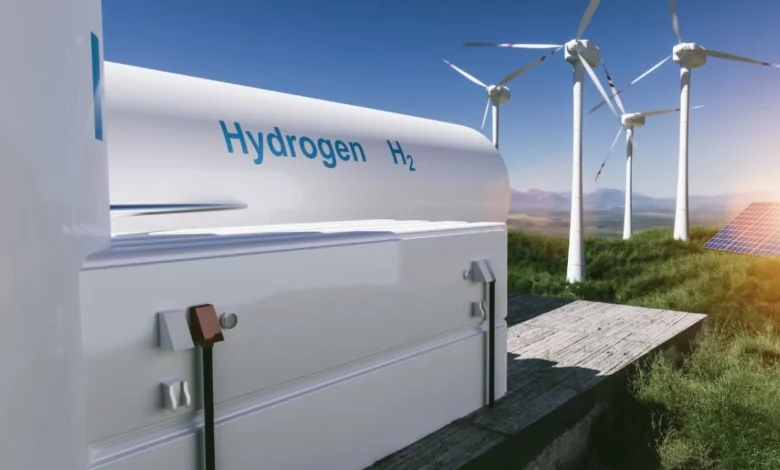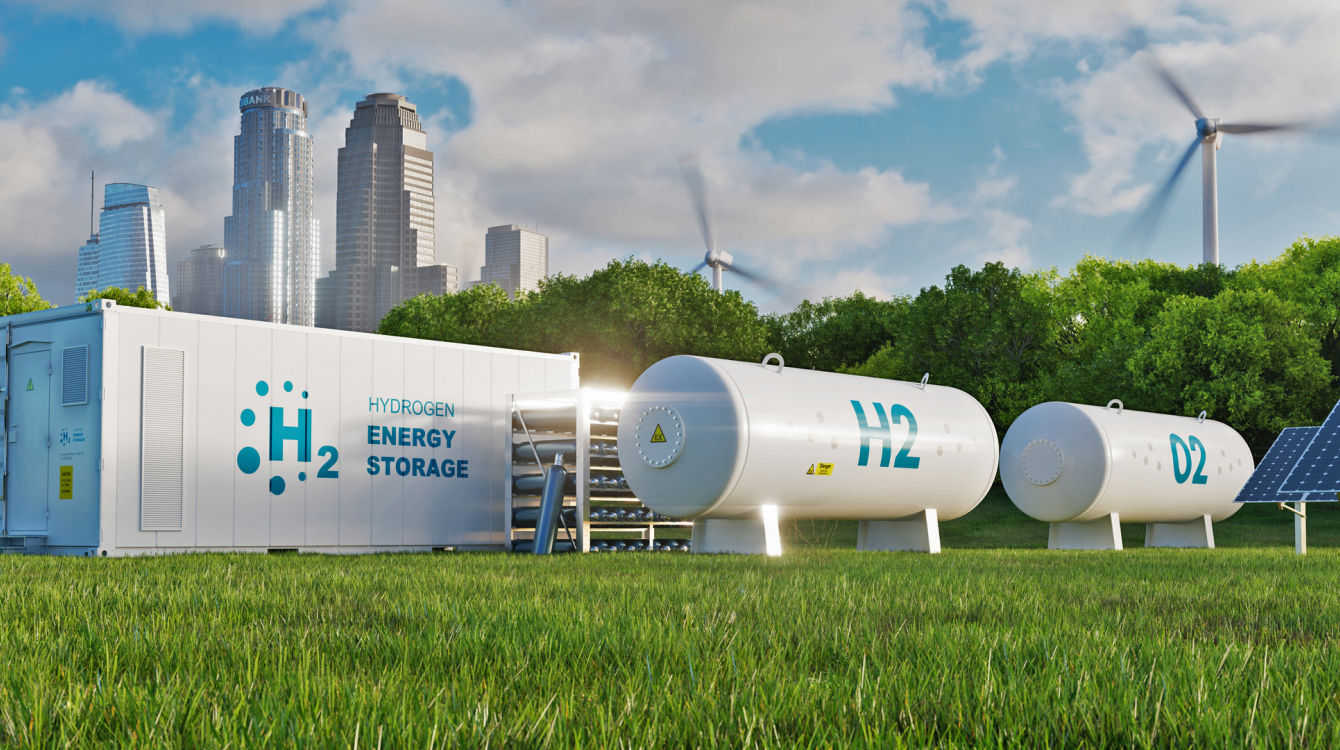Green Hydrogen: Developing countries could greatly benefit from it, but risks remain

Green Hydrogen: Developing countries could greatly benefit from it, but risks remain
Both the high price and transportation are issues.
In oil refineries and for the production of chemicals like fertilizer, hydrogen is mostly used. Today, the majority of the green hydrogen produced across the world is produced using coal or natural gas, both of which have high carbon dioxide emissions. Consequently, wealthy nations are switching to “green hydrogen,” which is produced using clean electrical sources like solar and wind energy. Green hydrogen’s possible advantages and disadvantages are discussed by energy specialists Rod Crompton and Bruce Young.
In 2021, the world consumed 94 million tons of hydrogen, which was equivalent to 2.5% of the world’s total final energy consumption. Presently, just 0.1% of the world’s hydrogen generation is environmentally friendly, but significant increases are anticipated.
Green hydrogen is also expected to find new uses.
The markets for green hydrogen may be identified using Liebreich’s categorization.
Liebreich Associates has granted permission for the reproduction.
Since reducing carbon dioxide is the main goal of using green hydrogen, it makes sense to start by focusing on the applications that will result in the biggest reductions in emissions. Which they are revealed via Liebreich’s ladder. Utilizing the (green) top row’s uses, precious green hydrogen is used effectively. However, producing green hydrogen presently costs substantially more than producing other forms of hydrogen. Costs of food would significantly increase if it were used to produce the 180 million tons of ammonia yearly required globally for the production of fertilizers.
Therefore, it is challenging to predict how this change will take place.
Where does green hydrogen come from?

Water is used to create green hydrogen. Equipment known as electrolysers separates the hydrogen from the oxygen in water (H2O) using renewable (“green”) power. The method is known as electrolysis. Carbon dioxide is not produced during the manufacturing of green hydrogen, however, fossil fuels are now used during the development of renewable electrical infrastructure, which does produce carbon dioxide.
In the past, producing hydrogen from non-renewable energy sources like coal and natural gas resulted in the creation of “black hydrogen” and “grey hydrogen,” respectively. The hydrogen generated using these techniques is referred to as “blue hydrogen” when it is paired with carbon capture and storage.
What difficulties does green hydrogen pose?

Although the cost of producing renewable energy has been declining, electrolysis is still not economically viable.
According to the International Renewable Energy Agency, the price of green hydrogen today is expected to be between $250 and $400 per barrel of oil at the factory gate. Although predicted, future cost reductions are questionable. The cost of using green hydrogen instead of traditional petroleum products is far lower than the price of oil at the moment, which is approximately $100 per barrel.
It’s also necessary to consider the expenses associated with transporting hydrogen.
Unfortunately, low-cost hydrogen transport is impossible due to hydrogen physics. It is far more difficult to use than liquefied petroleum gas, liquefied natural gas, or liquid fuels based on oil. Hydrogen must be transported in the ocean at -253°C, which is extremely low. Fuels like gasoline and diesel don’t require expensive refrigeration because they are carried at room temperature.
Additionally, hydrogen only transports 25% as much energy as a litre of gasoline, making it significantly more expensive to store and transfer the same quantity of energy. Hydrogen transportation alternatives have been researched. The International Renewable Energy Agency has proposed “storing” hydrogen in ammonia (NH3) for transportation since it is considerably simpler and less expensive to transport ammonia (NH3) than hydrogen.
However, in order to convert the hydrogen into ammonia and strip it out at the destination, more equipment is needed. According to the organization, these methods increase expenses by around $2.50–$4.20/kg, or $123–$207 per barrel of oil.
The handling of hydrogen is more challenging than that of traditional fossil fuels. Unlike typical hydrocarbons, it is a tasteless, odourless, and colourless gas. This raises the possibility of fire or explosion and makes leak detection more challenging. Human eyes cannot see hydrogen flames.
In the past, skilled personnel have regulated and handled hydrogen inside the confines of factories. With the extensive use of hydrogen in society, additional precautions and expertise in areas like insurance, material handling, firefighting, and disaster management will be needed.
Where will likely be developed the first hydrogen mega projects?
In Saudi Arabia, work has already begun on the first gigawatt-scale green hydrogen plant. The southern hemisphere, mostly in developing nations, will see the construction of many of innovative projects. This is because they have stronger renewable energy resources (solar and wind) for producing the required power and are less densely inhabited. Although this may seem advantageous for underdeveloped nations, there are significant hazards associated with creating large-scale hydrogen projects.
One reason is that megaprojects are subject to the “iron law” of “over budget, over time, under benefits, again and over again.” The risk of project implementation falls on project owners.

Other hazards include those related to exchange rates, remote places, cutting-edge technology, and a lack of experience. The dangers involved must be weighed against the benefits of increased investment, employment, and balance of payments. It would be prudent to demand guarantees from their client nations in order to prevent the unfair subsidization of the global north as it makes the switch to greener energy.
Following several years of government investment, South Africa now has a “Hydrogen Roadmap.” The energy firm Sasol and the automaker Toyota have spoken of a “Hydrogen Valley,” a region with concentrated industry for the production and use of hydrogen. Additionally, the establishment of a new port at Boegoebaai on the west coast of South Africa for the production and export of green hydrogen is being discussed by the South African government and Sasol. A green ammonia facility worth $4.6 billion is being planned by Hive Hydrogen in Nelson Mandela Bay.
An ambitious $10 billion green hydrogen project is also in the works in Namibia.
The future’s ability to lower the price of green hydrogen will mostly depend on technological advancements, cost-cutting measures connected to mass production, and an expansion of electrolysis. And, to a lesser extent, incremental savings in handling and transit costs.




